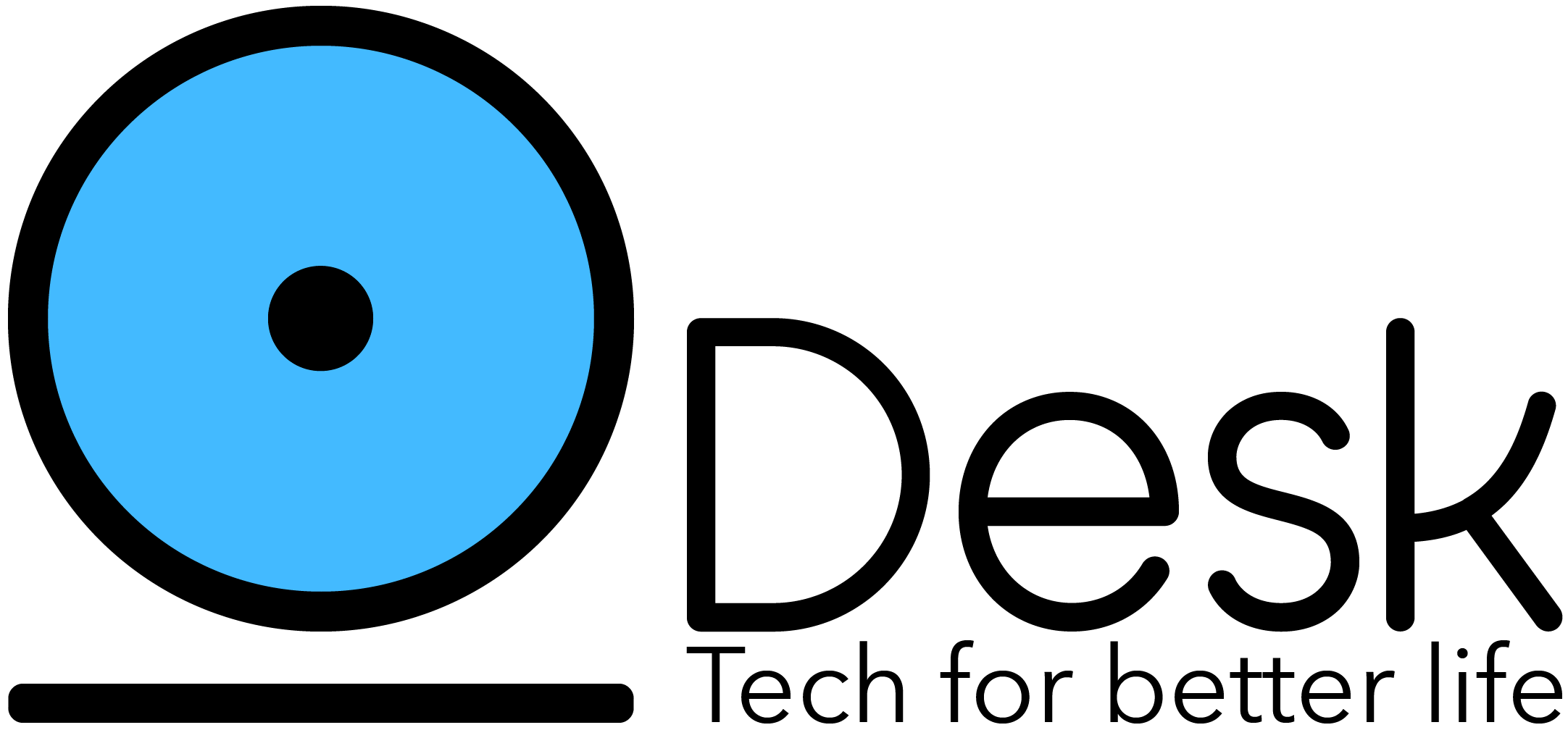Multi-Cloud Strategy
With an ever-increasing demand for DevOps and releasing software quickly, the strategies that support this approach are also in high demand. Technologies such as Docker and Kubernetes have revolutionized the way software is built and shipped. Enterprises today have innovative ways to streamline their business and reduce noise and disturbance that affect their growth. Major clouds provide many of the resources and support that any organization needs.
But along with benefits of DevOps comes challenges such as vendor lock-in, rigid systems with no customization and more. To address such scenarios, organizationsare intentionally pursuing a strategy that includes a multicloud approach.
Let’s get to the deeper side of multicloud.
Cloud Evolution
Cloud computing has evolved over time and today organizations have a number of cloud provider options from which to choose. Let’s see how the cloud grew from on-premises to multicloud, step by step:
- On-premises: On-premises applications, owned and fully managed by the company.
- Cloud: Services and products hosted by an external or a third-party vendor.
- Hybrid-cloud: Mix of public or private clouds along with on-premises applications.
- Multicloud: Purposely leveraging multiple cloud providers for IT and architectural strategy. Multicloud and hybrid multicloud are often used interchangeably.
- Hybrid multicloud: The word hybrid used in hybrid multicloud is to signal the continuous association and use of on-premises applications across multiple clouds.
Multicloud makes use of two or more public cloud providers to serve an organization’s IT services, infrastructure and various tasks around computing power resources, virtual data storage, etc. The multicloud strategy provides more flexibility and reduces dependency on one cloud provider.
According to the annual RightScale “State of the Cloud” report, the use of multiple clouds is an emerging pattern among enterprises. It reveals that 92% of the enterprises have implemented a multicloud strategy. It is also among the five biggest cloud-computing trends shared by Forbes.
A Multi-cloud Strategy
Suppose you are a big organization like Netflix, and all your data is handled by only one cloud vendor like Amazon Web Services. It is like giving all the critical keys to one person. Do you know the dependency and expectations this creates? Huge. What if you carefully select the best of the best services from different cloud providers? It looks like a feasible solution, and this is how a multicloud strategy works.
A multicloud strategy empowers and upgrades a company’s IT systems, performance, cloud deployment, cloud cost optimization and more. The multicloud approach presents a lot of options for the enterprise. For example, some services are more cost-effective from one provider at scale versus those from others. Multicloud avoids vendor lock-in by not depending on only one cloud provider, but by helping companies select the best breed of cloud services from different providers for application workloads. The multicloud pattern provides system redundancy that reduces the hazards of downtimes, if they occur. The multicloud strategy will help companies raise their security bar by selecting the best breed DevSecOps solutions. An organization that implements a multicloud strategy can raise the bar on security, disaster recovery capabilities and increased uptime.
Hybrid Cloud vs. Multi-cloud
A hybrid cloud approach spreads workloads over the cloud and on-premises, but an multicloud approach includes running the workloads on more than one cloud provider.

Image credits: vmware
It is easy to differentiate the multicloud and hybrid-cloud architecture by considering where the non-cloud resources are residing. Usually, the hybrid clouds use existing on-premises resources such as storage, security, monitoring and database, whereas multiclouds use those residing in the cloud from the same or another provider.
When to Opt for a Multi-cloud Strategy?
When uptime is critical for your business, and you can’t afford even the most minor downtime, opting for multicloud becomes a must. By sharing data across multiple cloud providers, companies can develop high availability as similar redundant systems become active when one goes down. It also helps to keep the application resilient without altering the quality of service.
One such example is MongoDB Atlas, which has extended to nearly 80 regions, allowing users to select from any of these locations across major cloud providers — AWS, Azure, and Google Cloud. Multicloud becomes important when your leadership has a long-term vision and thinks that investing in multicloud today will definitely help reap the benefits tomorrow.
Multicloud becomes a good option when enterprises want to have the flexibility and create a competitive advantage over their competitors, and when the critical business data becomes important because the multicloud approach will have better backup and recovery capabilities. Enterprises like to avoid vendor lock-in and dependency on a single cloud provider, and multicloud becomes a great option here.
Multicloud is one of the crucial things to consider for enterprise cloud DevOps transformation. While some companies might think only one cloud provider is enough, it is always a better option to select a vendor that caters services across all major clouds. Vendor lock-in can be easily avoided by opting for the multicloud strategy.
—————————————————————————————————————
Harness CD allows you to automate the deployment of software artifacts to any cloud or data center infrastructure, and it does this using abstraction. With Harness, it’s super easy to define a single environment constructed on multiple services (and hybrid clouds).
You can sign up for Harness’s free community edition.
Join us for a short tutorial on how to download and get going with CD Community Edition.
Source: Developer Advocacy






